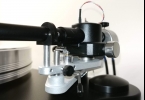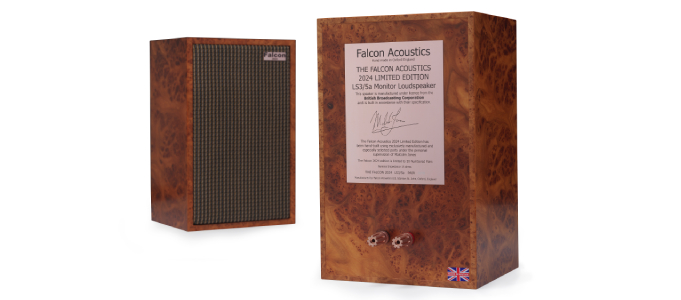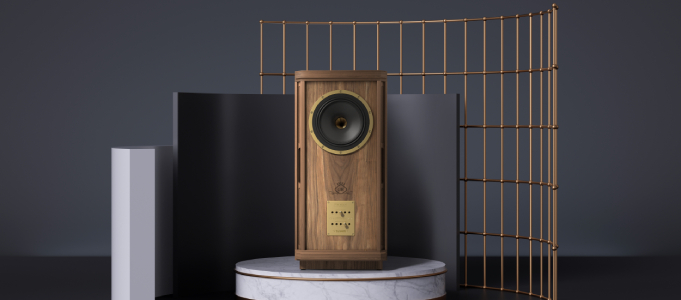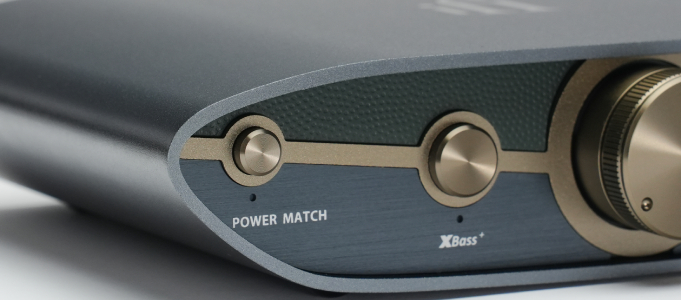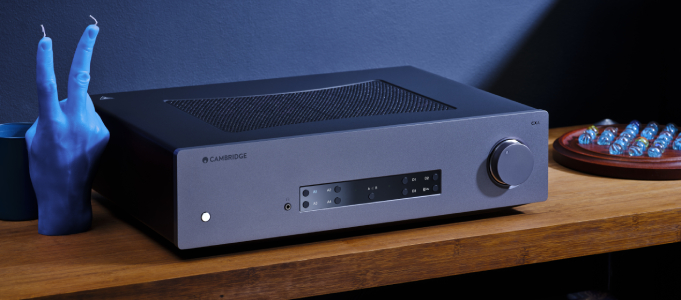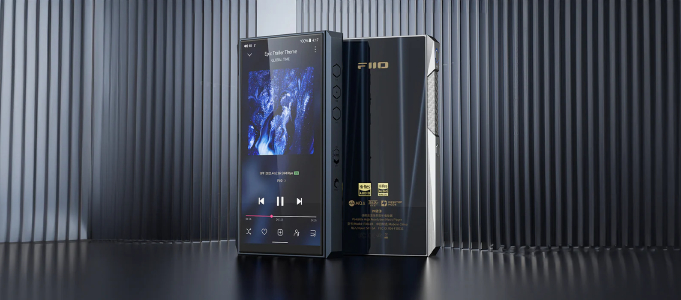REVIEW: VPI PRIME TURNTABLE - NEW JERSEY MAGIC

 I have been on the look-out for a turntable to upgrade to. As anyone would in a similar position, I have not only scoped out what I'd expect performance-wise in return of laying down some cash but also what I want from it aesthetically. With this in mind, I have been living with the VPI Industries Prime turntable.
I have been on the look-out for a turntable to upgrade to. As anyone would in a similar position, I have not only scoped out what I'd expect performance-wise in return of laying down some cash but also what I want from it aesthetically. With this in mind, I have been living with the VPI Industries Prime turntable.
VPI INDUSTRIES
PRIME TURNTABLE
£4,200
VPI is an American-based family outfit. Founded by Sheila and Harry Weisfeld, their son, Mat, is now in the driving seat; moreover, he is the one responsible for both the VPI Prime turntable and JMW 10 3D tonearm.
VPI Industries has a long history of producing high-quality turntables that are good value when compared with their performance. However, the New Jersey-based specialist’s products have never been cheap. The Prime comes in at £4,200 but, when you start looking at high-performance turntables, this asking price is more attainable than most.
Upon researching turntables, it soon became apparent that there are two leading schools of thought. One takes the classic plinth approach and then goes at it with a range of materials and isolation methods. Secondly there are the 'skeleton' designs where the base is minimal and generally rely on heavy platters, modern materials and design. To be honest, I am more attracted to the second school from a looks angle.
The thing is, the Prime actually seems to be the best of both worlds, to me. Here you have a substantial plinth that gives a foundation to the bearing for the massive platter and armboard. However, the curves of the plinth take a leaf out of many a skeleton deck's book as the more pronounced left-side curve allows a self-contained motor to sit there whose only contact with the turntable is via a rubber band. That motor is no lightweight either (literally - you could do some serious damage if you threw it), here you have a 24 pole 500 RPM AC that's worth £650 if bought as an upgrade for the Prime Scout. As with most turntables of this design, the motor spins at a set speed and selecting 33.3 or 45 is done by moving the belt from the broader part of the pulley to the thinner portion, or vice versa.

The curved chassis is made of MDF and covered with textured vinyl, which doesn't sound that impressive or substantial. Well, not until you go on to discover that the MDF is reinforced by an 11-gauge (3mm thick) steel plate. The plate is bonded to the underside to help control resonance and improve feedback rejection. There is an adjustable Delrin support assembly at each corner comprising a spike and cupped foot. Once these are in situ and levelled, the VPI is very unlikely to go anywhere.
Just in case the Prime still had plans to wander, however, there's the added heft of the machined 6061 aluminium platter which, when combined with its bearing, weighs pretty much 10 Kgs all in. That bearing is an inverted design that uses a hardened steel shaft, a 60 Rockwell hardened chrome ball, a phosphor bronze bushing completed by a PEEK (polyether-ether-ketone) thrust disc. It has been designed especially for low noise, as well as longevity and precision.
To finish the spinning side of things, there is a threaded clamp that anchors your record directly to the metal platter, although a mat is included in the package. Controls are as simple as you'll ever get; an on/off button on the motor.

As hinted at before, the Prime utilises the company's own unipivot style arm. Instead of following the usual captured bearing method, the VPI way is to set the arm on an extremely sharp pin point. As the wire has nowhere else to escape from, it exits out of the top of the arm to be connected to a terminal board sat on its own shelf. There is more clever design here as this also has a secondary duty as the loop of the cable offers sufficient resistance to perform as an anti-skate tool. The table does provide a more traditional anti-skate method involving fishing line and weights, but I have found no use for it.
That's not all, though. Where most conventional arms have an effective length of 9-inches, the Prime boasts fitment of a 10-inch arm thanks to the clever plinth arrangement. An extra inch is always a bonus, and here the extra length offers a reduction in distortion from the action of the pivot. “But what about the extra mass, Jay?” I hear you ask. Well, the Prime's arm is not only an in-house number, but it's also 3D printed using a high-purity, non-crystalline epoxy. Furthermore, VPI has taken the length and resonances into consideration during its design.
Additionally, this construction method means that the tonearm is truly a one-piece structure and so it is as light and as rigid as possible. If you think about it, even the carbon fibre armtubes will have an additional metal bit (usually the bearing housing). Finally, this production approach also keeps the prices down for everyone.
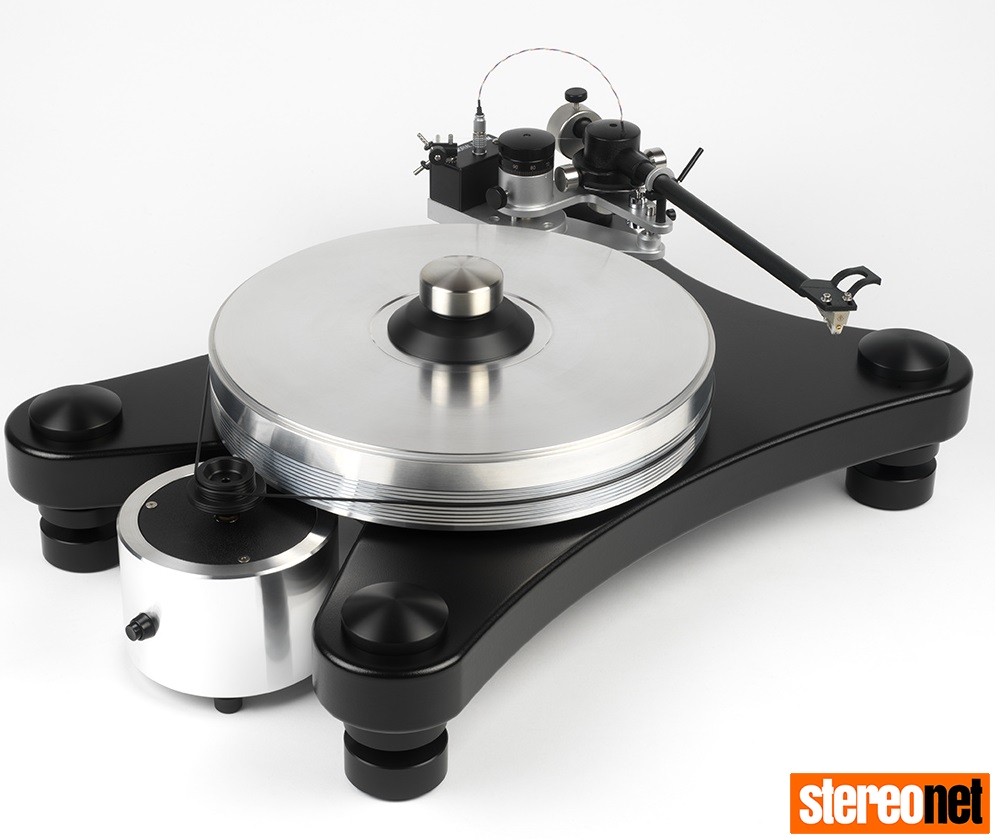
The modular make-up of this turntable hands the Prime quite a desirable superpower in so much as it is upgradable. As anyone into hi-fi will agree, your system goals can be somewhat of a moving target. So, if you bought the Prime, the next step up the ladder usually would be the Prime Signature for another £2,000, give or take. However, you could add various accessories to your Prime bit by bit, such as adding a peripheral ring clamp (£1,000), Signature feet (£400), a dual pivot/stabiliser kit (£150) and so on. Much less painful than trying to find six grand all in one go.
Finally, as all the adjustments are made to the tonearm, and that the tonearm easily lifts out (a quick disconnect of the wires too, naturally), you could have a range of cartridges already fitted to spare arms ready to be dropped in whenever you wanted. This could be a reviewer's dream (once said reviewer has a collection of cartridges!).
Prime set-up
Setting the turntable up was much easier than I had dreaded. This being my first serious table for review I was apprehensive owing to the stories I have been told about other brands. Legends of myriad tools being implemented, a variety of oils to be applied, chants to ancient gods to be offered - well, you get the idea. I am pleased to say, the VPI Prime is straightforward enough to put together, even I did it from unboxing to spinning the first record in under an hour. This is mostly due to the way the turntable works, but also I have to give credit to the clear instructions and video too.
The most time is taken up by getting the balance, downforce (VPI supply a scale), and VTA all sorted. Fitting the cartridge is so easy as the arm comes off without the need for unscrewing a load of bits. Alignment is made simple too as VPI supply a protractor that fits over the spindle and is cut out to match against the arm post. All very welcome points for a newbie, such as I. VTA can be adjusted on the fly too.
Once all that is done, then it is just a matter of selecting a record, and off you go. As mentioned before, the platter is machined, and it is recommended to place records directly upon it, without a mat. When going mat-less (I have and it is wonderful), there is a small rubber washer that sits around the centre spindle which compresses when the record clamp is screwed down. Be careful not to over-clamp though.
A couple of things to note. Firstly, ensure you have adequate room. The VPI Prime measures 54cm wide x 40 cm deep, and so my homemade isolation platform was not large enough, neither was the isolated shelf on the SolidSteel rack. However, it does fit on the top shelf of the stand, and I trust that the feet of the Prime are suitably isolated anyhow.
Also, the arm does wobble quite alarmingly around the pivot point when you are moving it over to the record. Just be gentle with it, and it soon settles once the needle hits the vinyl.
Prime time testing
The Prime was supplied without a cartridge, so my trusty Cartridge Man Music Maker III was employed, which is good as I know how it sounds on my usual spinner. The brand's official YouTube video shows the Prime fitted with an Ortofon 2M Black, although VPI's site suggests the likes of the Lyra Delos (£1,195), Sumiko Blackbird (£995), Kiseki Purple Heart (£2,495) and more. You can see from that list what kind of circles this table is able to move in.

As well as the integrated phono stages in a Leema Pulse IV and Musical Fidelity M6si the VPI Prime was also hooked up to a Limetree phono pre-amp (review to follow soon). The audio source was vinyl if you can believe it.
VPI Prime Sound Quality
My initial impressions from the first few minutes of playing records on the Prime is that the turntable itself is Ninja-levels of quiet. There's an initial squeek from the belt and then nothing. Secondly, even the bits of surface noise off some the vinyl from my teenage years bothered me less. It's as if the Prime just made everything better.

As it happened the first record clamped to the VPI Prime was It Bites's 'Big Lad in the Windmill' from 1986. Although dismissed as pop by many, It Bites is cleverly cloaked prog (or art rock as most would class it) and 'Big Lad' does this well. As with any prog/art rock album, there are changes in tempo and key that could get all very messy if not picked up correctly.
It was during the track 'Whole New World' that it hit me how the Prime is achieving this incredible performance from what at first appears to be an uncomplicated design when compared to other tables in this arena. Firstly, from the feet to the supports and the reinforced plinth and heavy-weight platter, the whole unit is extremely well protected from any extraneous vibrations. Secondly, that 3D-printed arm is equally isolated as well as being incredibly free to flow wherever the grooves take it meaning that the cartridge is able to pick up all the information accurately.
Next up was Radiohead's OK Computer 20th anniversary pressing on blue vinyl. Again, this is not a straightforward playback task with samples, intertwining instruments and plenty of space for dynamics which come through unhindered and with plenty of attack when required. Again, the Prime simply appears to get out of the way and allows the cartridge and vinyl do their thing.
Turning to 'Eat The Elephant' from A Perfect Circle and the piano intro was full and weighty. However, it was the articulation of Maynard's vocals that struck me, there was so much detail and natural expression coming through; I was spellbound.

During my time with the Prime, my first two preordered box sets from Kate Bush's remastered back-catalogue arrived. Kate's distinctive vocals were presented faithfully. Again, the voice was 'human' and naturally projected. I found it almost haunting as her words came from the silent blackness of new vinyl and this incredible machine from VPI.
I could have continued into the even smaller hours in this listening session, but I wrapped things up with Paul Simon's 'Graceland'. This LP served to confirm everything I had written down through my session thus far. Stereo imaging is outstanding, it is detailed yet not cold nor analytical. The turntable is able to handle extremes in dynamics as well as the micro-nuanced pieces with equal certainty.
Somehow, the substantial and domineering turntable that I can see sat on the shelf is able to melt away and leave only beautifully presented music behind. Is this some New Jersey magic? I think so.
VPI Prime review conclusion
 The Prime turntable is magic. How else can anyone explain the sheer effortless way the Prime is able to perform so well at this price point?
The Prime turntable is magic. How else can anyone explain the sheer effortless way the Prime is able to perform so well at this price point?
There is a beauty to the way this record player is able to flow with the music and lets the artists do the talking on its behalf. I also find the design rather attractive but acknowledge this might not be to everyone's taste.
£4,200 is not exactly impulse-buying territory for most of us; however, I would confidently put the VPI Prime against any others in this price bracket, not to mention further up the ladder. Also, bear in mind that this price includes the tonearm where many others in this price range would require you to either supply your own or select an arm as an optional extra. Talking of extras, don't forget that there is an upgrade path to take too, should you want.
Add to all that the relative ease of construction and low maintenance, having all the tools needed to complete the task bundled in and something quite lovely to admire even when not being used. The VPI Prime is hard to beat and that's why I give it the StereoNET Applause Award.
For more information, go to VPI Industries.
- Renaissance Audio
Distributor
Jay Garrett
StereoNET UK’s Editor, bass player, and resident rock star! Jay’s passion for gadgets and Hi-Fi is second only to being a touring musician.
Posted in:Hi-Fi Applause Awards 2018 Turntables
Tags: vpi industries renaissance audio vpi
JOIN IN THE DISCUSSION
Want to share your opinion or get advice from other enthusiasts? Then head into the Message Forums where thousands of other enthusiasts are communicating on a daily basis.
CLICK HERE FOR FREE MEMBERSHIP


















